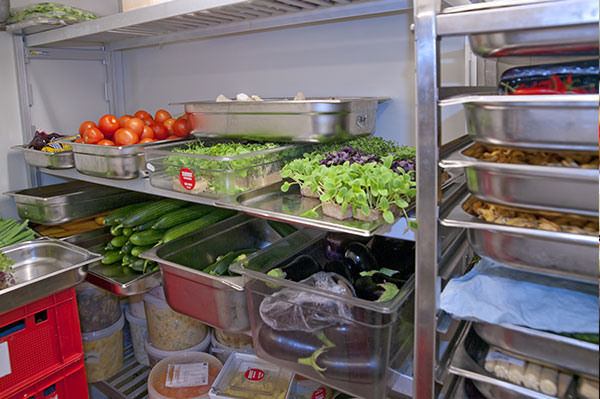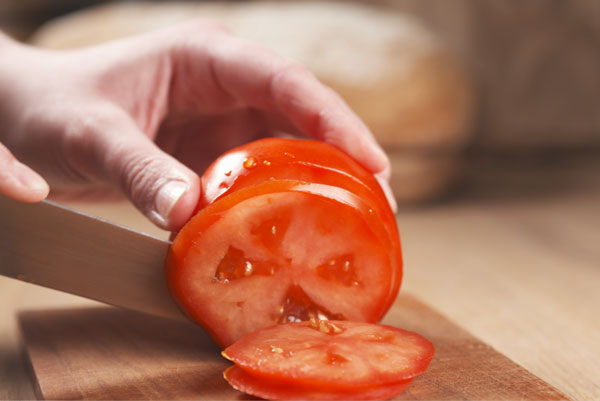What to Know. Cross Contamination.
Cross contamination is when bacteria from a contaminated source is transferred to uncontaminated food. For example, imagine you use a knife to dice some raw chicken.
Bacteria from the raw meat are now on the knife. Imagine you now cut into some cooked ham. The bacteria will infect the cooked ham, and could cause food poisoning. This is why it is important to keep raw and cooked food separate.
Let’s take a look at some of the common causes of cross contamination;

Food Handler's Hand's
Your hands are a potential sources of contamination, especially after touching pets, emptying the bin or visiting the toilet. They will also be contaminated after handling raw food, touching your nose, mouth or hair. So make sure you wash your hands regularly.

Wrongly storing Food
Another common source of contamination comes from wrongly storing food in the fridge or store room;
Raw food should be kept covered at the bottom of the fridge.
Salad items should ideally be kept in a separate fridge drawer.
And cooked and other foods should go at the top of the fridge.
After all, the last thing you want is blood from a joint of meat dripping into a cake.

Chopping Boards
Cross contamination can occur when chopping boards used for raw foods are reused for cooked foods. Many kitchens use a colour coding system to prevent this. For example, you may have green chopping boards for fruit and salads, blue chopping boards for raw fish, red for raw meat, white for dairy products and brown boards for raw vegetables. Ask your supervisor if they use this scheme in your kitchen… it’s not a legal requirement, but it has been adopted by many organisations. Another way of preventing cross contamination from chopping boards is to thoroughly clean and sanitise boards between usage.

If you'd like to learn more about Food Safety topics, we'd recommend taking our online Food Safety Level Two course. Find out more about the course here.